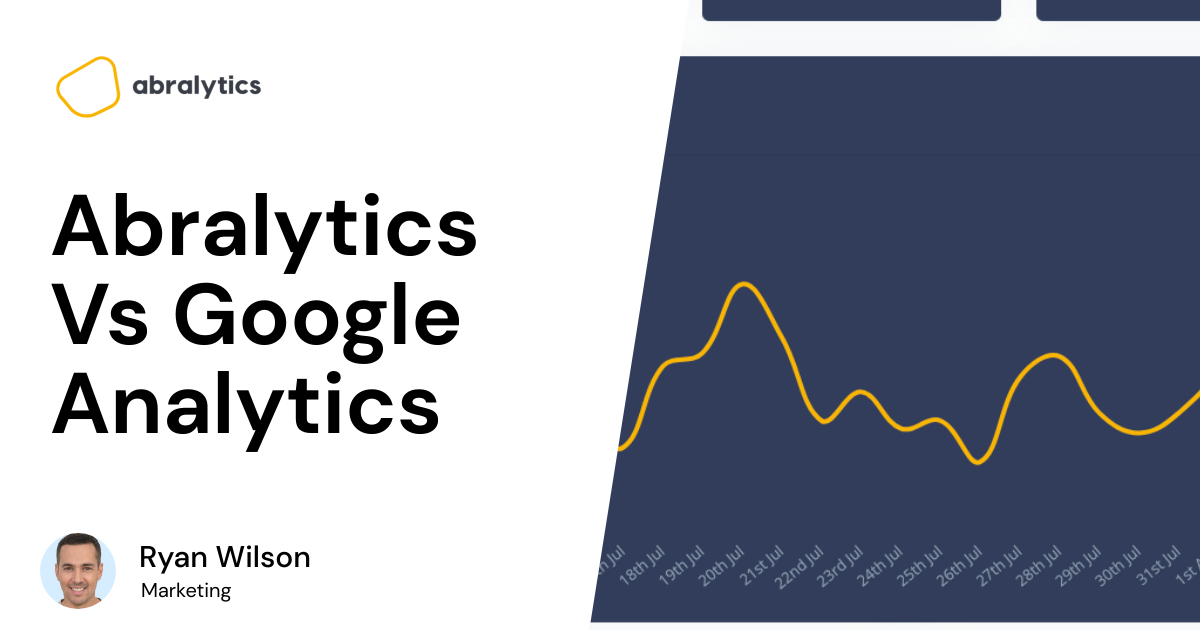Video is fast-progressing as one of the most versatile and potent marketing tools out there.
Did you know that video constitutes a whopping 82% of all internet traffic? In fact, YouTube experiences a footfall of roughly 1.7 billion unique users every month!
People don’t simply watch videos—they also actively search for them.
88% of internet users say they would like brands to publish more video content in 2022.
Given the popularity and lasting influence of video, companies are clamoring to create video content to educate audiences, increase engagement, and boost ROI.
Nearly 86% of businesses have already embraced video in their online marketing strategy. An impressive 94% or marketers believe that video has helped their business boost user understanding of their services or products.
But how do you determine what kind of videos you should put out? How do you reel in massive crowds and boost your revenue with video?
If you work with video or are planning to create video content, you’ve probably asked yourself this question.
How do you determine if a video content strategy is helping you reach business goals?
The answer is simple: by tracking video insights.
For every goal you set, there needs to be a related metric that will help you ensure if your content strategy is hitting the mark or not.
This is arguably the most crucial aspect of the entire video process.
In this article, we’ll find out why video engagement metrics matter and how you can leverage them to skyrocket business revenue.
Using Video to Foolproof Brand Experience
While videos are rather complex to produce and smoothly integrate with a user interface, they help capture your target audience better and faster as compared to other types of content.
From bolstering the efficacy of information exchange to constructively pitching ideas and products, video content plays an indispensable role in achieving business goals and objectives.

Let’s quickly look at how videos boost UX experience:
- Information Exchange
The primary reason why video content is regarded as a game-changing aspect of the user interface is because of how clearly and efficiently it facilitates the flow of information.
A compelling 30-seconds video is capable of communicating more knowledge than a large paragraph of text coupled with images and mockups.
As it happens, text-based content struggles to create an impact as potent as video content. As per a Neilson research, your audience reads only about 20% of an web page containing an average of 593 words.
Training guides, tutorials, and explainers when repurposed in a video format have the power to make your audience stop and reflect. It catches their audience’s eye in the first few seconds—ensuring they stick around until the end.
A web page with a video playing in the background does not just enhance visual appeal but also sets the tone for your website. It captures the audience’s attention and establishes an emotional connection with them—thereby helping you avoid bounce rates.
- Presenting and pitching Ideas
Possibly the greatest advantage video content offers businesses is that they can demonstrate their products and services in a way that invites engagement and conversions. Site visitors needn’t scroll or connect images with pieces of text to understand your vision. Videos successfully communicate your ideas and vision to your audience—and even create lasting impressions—by stimulating the human senses.
According to Hubspot, embedding videos on your landing page can boost conversions by 80%! Another study by Precision Marketing Group demonstrates that videos in emails increase click-through rate by 200 to 300%!
If you are looking to promote your products or services and encourage quality click-throughs, it’s only fitting that you leverage video content for maximum benefits.
- Storytelling Medium
Video content presents before you the unique opportunity to connect with your site visitors by telling them a compelling, relatable story. It is one of the more effective ways of sparking emotion and making a brand align with human experience.
Stories help gain better clarity of things; they take viewers through the 3 basic phases of a buyer’s journey —from identifying pain points, resolving to eliminate them, and eventually finding a solution.
Did you know 95% of site visitors are more likely to pay attention to a CTA in a video as opposed to the 10% in a text format?
The human connection in videos also instills trust among customers, which helps build credibility around your brand. A survey conducted by WYZOWL showed that 79% of buyers are compelled to purchase a product after watching a video.
3 Reasons to track video engagement metrics
With videos helping you effectively communicate your message to your audience, build trust, and rank better in search results, it is imperative for brands to optimize their video content for maximum results.
This is possible with tracking engagement metrics to measure the overall success of your videos.

Here are 3 reasons why video engagement metrics are worth paying attention to:
- Understanding target audience and subscriber base
The foremost reason for tracking engagement metrics is to gain a better understanding of your customer base.
With insight into your customers’ browsing habits, you can optimize your video content to deliver top-notch user experience.
For instance, tracking your watch time is highly advantageous. You can determine at which point in the video your audience tends to bounce off, how long they stay engaged with your video, and what the optimum duration of your video should be.
This way, you can include your brand message and CTA appropriately in your video to ensure maximum ROI.
Another metric—called max concurrent users—shows you when your target audience tends be most active. This allows you to time your content publishing to grab maximum eyeballs.
- Gaining advantage over competitors
Video provides much-needed competitive edge to companies to thrive in a high-stakes market and take their business to the next level.
By effectively tracking video engagement metrics like the completion rate and watch time, brands can find out which of their videos are ensuring uninterrupted engagement and thus, strive to feature their content higher on Google.
Did you know video content gives you a 53x better chance of ranking higher in search results?
- Boosting Revenue
Once you’ve captured your audience’s attention with inspiring stories, eye-catching visuals, and music, you have the ammunition to encourage them to take action. Whether it is to subscribe to a membership, join a waitlist, or simply click through to your website, you can capitalize video content to drive engagement, boost conversions, and increase revenue.
An engaged audience will prove to your brand’s most loyal ambassadors; they’ll share your content with their circle, create buzz around your products, boost referrals—and enhance your profitability in the process.
Important Video Engagement Metrics
From total views to concurrent users and watch time, there are a slew of core video engagement metrics every company should be paying attention to. Regardless of which industry you belong to, these core metrics will help you to stay on top of your KPIs and help you track your campaigns as well as set business goals.
Here’s walking you through the top six video metrics you need to keep an eye on to measure your video’s overall performance:
Total Views
The total views on your video indicate the total number of playbacks on your video—which are initiated by viewers.
Different platforms measure total views differently—some might count 3 seconds of watch time as a view while others might require viewers to watch at least 30 seconds of the video.
Watch Time
Watch time, also referred to as Playing Time, is the total time all your viewers spend watching a certain video. Watch time is a powerful metric based on which different platforms determine the ranking of videos on the featured section of users.
According to a recent study, 50% of your audience watches an average 15 seconds of a video before stopping. This indicates that brands should strive to grab audience attention from the get-go. It is a good idea to communicate your message within the first 15 seconds to ensure maximum ROI.
Completion rate
Completion rate is arguably the most instrumental engagement metric to track to determine how engaged your audience is.
It measures the duration for which viewers stay engaged watching your video—whether they completed 10% of the video, 20%, 30%, and so on until 100%.
A 100% completion rate indicates all your users watched your video until the end, possibly because it was unskippable—which is an excellent sign.
Completion rate is an especially useful metric to pin-point where in the video your users tend to drop off or to optimize overall video duration to reel in maximum viewership.
Conclusion
Depending on your business goals and campaigns, every publisher must track video metrics most relevant to their audience engagement. To do so, it is important to set reasonable goals and thereafter, measure and analyze engagement data to drive progressive success.




